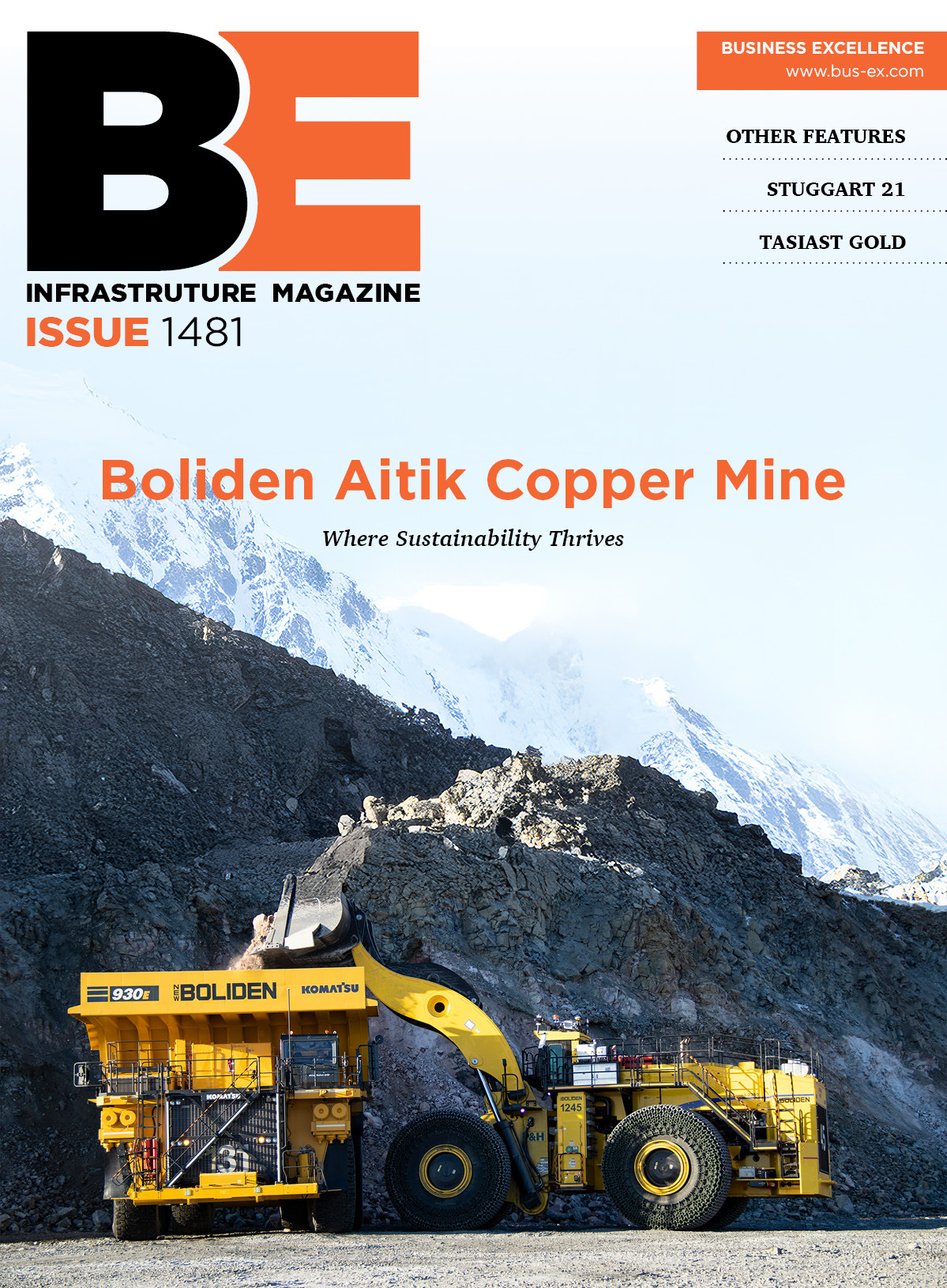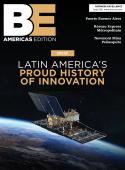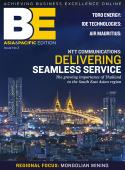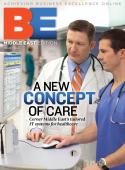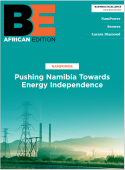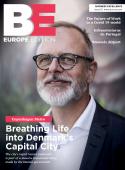Strategic┬ásustainability┬áThe growing campus of Boise State University provides James Maguire, associate vice president for campus planning & facilities, the opportunity to build upon the strategic vision and master plan. He tells Linda Seid Frembes the importance of strategic sustainability. Boise State UniversityÔÇÖs 170-acre campus in Boise, Idaho, has grown from a small regional school into a nationally recognized university since its founding in 1932. Then named Boise Junior College, the school has expanded its enrollment to nearly 20,000 students and 2,000 faculty and staff located in Boise and on four satellite campuses in the area. In recent years the school has undertaken an effort to expand its main campus once again, but with an eye toward usability, long-term usage, efficiency and cohesive beautification. ÔÇ£In 1997 the board approved a 12-block land purchase around campus for the expansion,ÔÇØ says James Maguire, Boise StateÔÇÖs associate vice president for campus planning & facilities, an architect with over 10 yearsÔÇÖ experience in the higher-education arena. ÔÇ£In 2005 the master plan was updated and aligned with the strategic plan, spearheaded by our provost and vice president for academic affairs, Dr. Sona Andrews.ÔÇØThe schoolÔÇÖs strategic vision and plan is to evolve Boise State University as a metropolitan research university of distinction. As a school already well known for its engineering and science programs, the strategic vision was meant to unify all efforts at the school, including the master building plan. ÔÇ£Sustainability is the main goal in our master plan; it exists at a high level and is long-term,ÔÇØ adds Maguire, who is deep in the implementation stage of the master plan. ÔÇ£It is about creating a durable and productive environment to further development and dissemination of knowledge.ÔÇØThe major facet in Boise StateÔÇÖs approach to sustainability is that, instead of a checklist, the process is focused on stewardship and pragmatism. ÔÇ£There is a tendency among architects to think of buildings as the end product, which separates them from each other in the campus environment,ÔÇØ he explains. ÔÇ£Our longer-term strategy of sustainability looks at how pieces [buildings] form a whole environment on campus. Buildings are components rather than end products. Our campus is a pedestrian-oriented urban community, so the shaping and materials of each building become important.ÔÇØWhen looking at a building over the course of a lifetime, the choice of building materials can mean that a building can stand up to the weather over time. ÔÇ£ItÔÇÖs not looking at it cheaply regarding building materials. Our new buildings use a brick palette and metal work, and older ones have sandstone or cast concrete,ÔÇØ Maguire says. ÔÇ£Campus buildings and their systems must adapt over time. What kind of choices would you make today if you were planning a building that would need to adapt over a 200-year period? YouÔÇÖd look at how to lay out things like the structural system and air-handling system so that itÔÇÖs efficient today with good value in the future.ÔÇØMaguire is currently working on a 93,000-square-foot laboratory building, the first research building Boise State has constructed. ÔÇ£We were careful to look at the palette of materials and reinterpret them in a way that fits in with the campus aesthetic but serves as a modern institution,ÔÇØ he says.Maguire points to many of the academic structures in Oxford, England, that are several hundred years old but still serve as vibrant, active centers for learning today. Planning and strategic sustainability are the keys to Boise StateÔÇÖs long-term success. ÔÇ£My goal is to build a campus environment that is practical and useful but has strategic sustainability over the long term,ÔÇØ he adds.For example, Maguire says that the new nursing building is 40 percent more efficient than current building codes require. ÔÇ£Many of the broad concepts we are following are not recognized in the LEED checklist approach,ÔÇØ he says. The University did not pursue certification process, instead applying the costs of documentation and the application process to improving building system performance. ÔÇ£The LEED approach requires significant documentation and transfers paperwork responsibilities onto the contractor, and that also impacts the overall cost. Our approach focuses on making significant investment in high levels of energy efficiency. Even so, project engineers calculated that if the building were to be certified, it would have earned seven of ten points available in the area of LEED energy efficiency.ÔÇØStrategic sustainabilityÔÇÖs effect on others in the design phase includes program decisions like the size of the buildingÔÇöfiguring out the right footprint for today and for future uses. ÔÇ£Strategic sustainability integrates the design process. It is an understanding that every decision affects another, yet thereÔÇÖs a natural tendency to break apart the design specialties,ÔÇØ he explains. ÔÇ£For example, excess capacity in HVAC leads to inefficiency in other areas. Unless you look at it holistically, that could be overlooked.ÔÇØMaguireÔÇÖs office doesnÔÇÖt work with the same building teams; it is dependent on the requests for proposal (RFP) process and on the buildingÔÇÖs needs. As such, itÔÇÖs a constant educational process for people who are new to the strategic sustainability way of thinking. ÔÇ£My other goal, besides executing the master plan, is to build buildings on time and on budget,ÔÇØ he adds, as a reminder that practical matters are also important.┬á As Boise State continues to grow, its focus on sustainability is a great benefit to the state and its people. Strategic sustainability is also good business practice for the school as it works to reduce energy consumption without compromising building performance. Maguire notes that he will recognize success at the building level when there are healthy environments where people are productive, as well as lower energy bills on a per-unit cost in the new buildings versus the older buildings on campus.┬á ÔÇ£From a learning perspective, we see success in the harmony of the cohesiveness,ÔÇØ he says. ÔÇ£Of course, the most sustainable building is the one you donÔÇÖt build, but that is not practical for our growing institution and evolving mission. WeÔÇÖre shaping an integrated pedestrian environment, and thatÔÇÖs a long process.ÔÇØSince the school began implementing its master plan, it has won two design awards for its Interactive Learning Center, a new 54,000-square-foot building on campus. It was recognized by the Idaho chapter of the American Institute of Architects (AIA) and is the recipient of the MayorÔÇÖs Excellence in Design award. ÔÇô Editorial research by Dan Finn┬á



